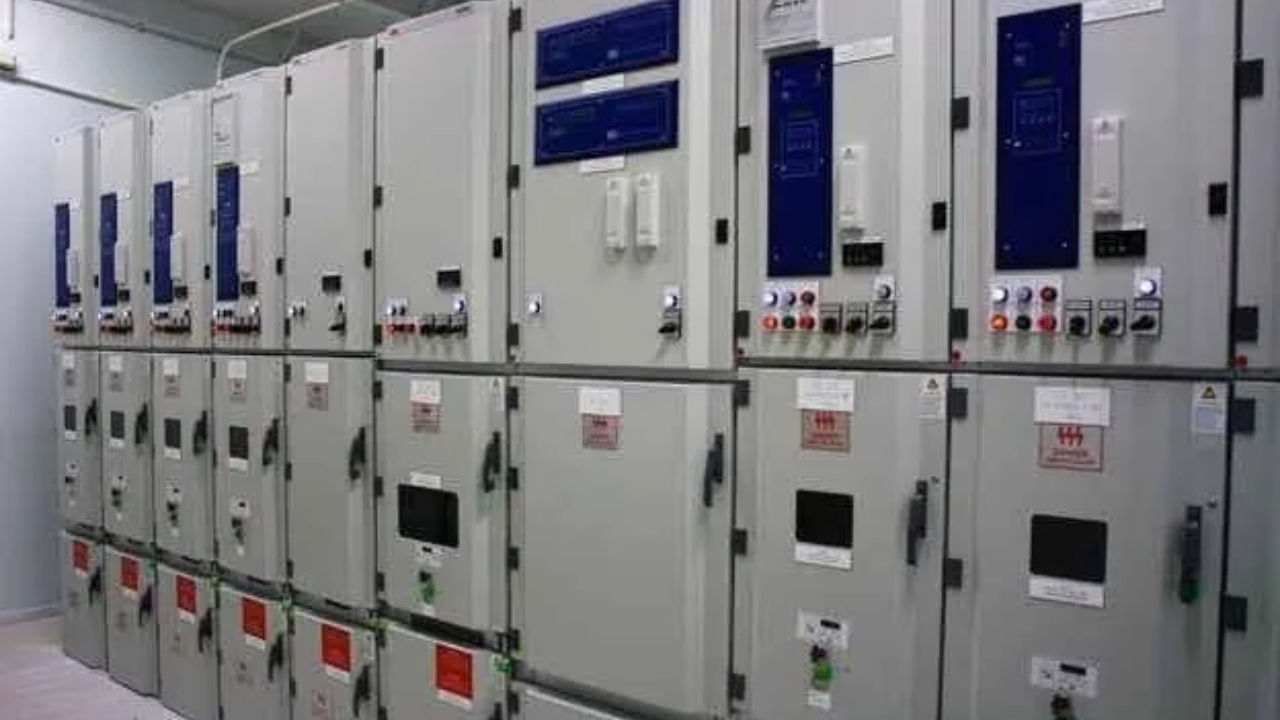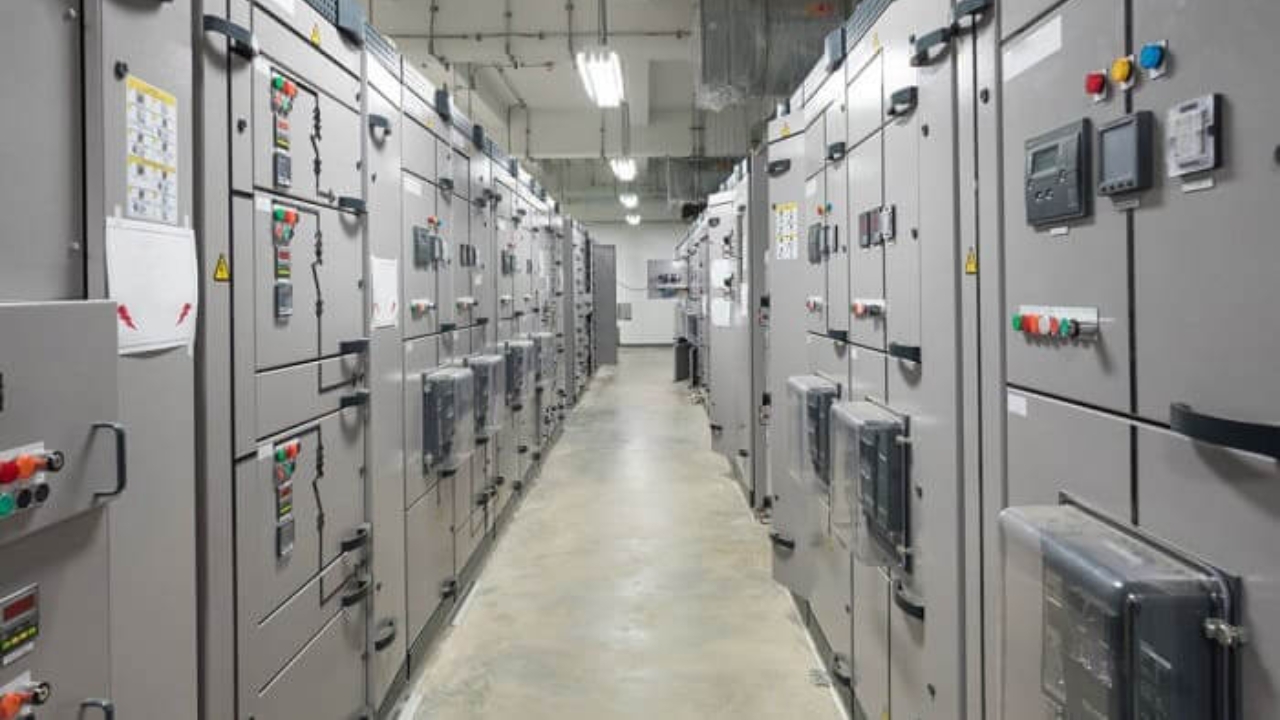Switchgears are an important part of modern electric power systems. They are mainly used in power generation plants, street lighting, commercial / residential buildings and factories.
So today, you will learn everything about electrical switchgear. We have explained what it is, types & how switch gear gives you safety in all your operations.
What is an Electrical Switchgear?

You know when there are defects or issues in our power system, we call professional electricians for a repair. But during that short-circuit and overflow of current, the whole power of our house or building is turned off. This is actually done by electric switchgears.
So we can say the electrical switch gear is an apparatus which controls overloads and protects the electric circuits by switching off/on. It immediately de-energizes the transformer by reducing or stopping the current flow. In this way, you remain safe from electric shock and fire. Appliances such as machines, wires and motors are also saved.
Important Components of a Switchgear

- Circuit Breaker: It is the main part of switchgear which automatically breaks the flow of electricity. You will see this happening if there is a short circuit or too much current.
- Switches: With their help, you can manually turn the power off or on according to your needs.
- Fuse: Whenever there is overload of electric current, this small fuse will be melted to stop current flow.
- Relay: It detects all the minor/major faults and sends signal to circuit breaker for appropriate action.
- Isolators: They are used to separate defective electrical sections for maintenance from the normal ones. Also known as disconnector.
- Control Panel: You can identify faults on the control panel and shut down all the devices or operations in an emergency.
- Busbars: These are special metal strips which carry electricity between several parts of switchgear.
- Surge Arrester: It basically stops the extra amount of current to flow in your sensitive appliances. That means power failure is prevented.
- Voltage Transformer: Function of this transformer is to change the incoming high voltage value into low and safe value.
Working of Switchgear

Suppose you’re working in your office and you have a main electrical switchgear installed in that building. This switchgear is receiving electricity from a main power source. It then transfers energy to several circuits like lights, air conditioners and other appliances.
If due to some reasons, there’s a short-circuit in the transmission line of your AC. The relay will sense it right away and send a signal to the circuit breaker. Here the circuit breaker stops the flow of electricity to avoid electrical shocks or fires. It does this by melting the fuse.
Finally with the help of isolators, normal connections will be disconnected from this fault. Only your AC will stop running to prevent further damage. Other things that include light and appliances will keep working normally.
Main Types of Electrical Switchgear

Following are the six versions of electric switch gear which are available in the market. These are based on the different power of voltage and insulations.
1. High Voltage Switchgear (HVS)
HV or high voltage switchgear controls the range of voltages whose values are more than 35kV. You will find its usage in big scale industries and manufacturing plants.
2. Medium Voltage Electric Switchgear (MVS)
Medium voltage / MV switchgear is basically used in those electrical systems where voltage powers are from 1kV to 35kV. Main places of installation are data centers, commercial buildings, utility distribution and public or private hospitals.
3. Low Voltage Switchgear (LVS)
Well, this electrical switchgear is used in places such as homes, schools, offices and air conditioners etc. Because it has the ability to handle very low values of voltage up to 1kV.
4. Air Insulated Electric Switchgear (AIS)
As the name indicates, in this type of switchgear, air is used as an insulating medium. People choose it because this is the most affordable and eco-friendly option. You can easily handle low voltage systems with its help.
5. Oil Insulated Switchgear (OIS)
You can use oil insulated switchgear in very high voltage electrical systems. Here, companies utilize mineral oil for its cooling and insulation. The only disadvantage of OIS is leaking of oil and risk of a fire in some cases.
6. Gas Insulated Electrical Switchgear (GIS)
The main element employed in GIS is a gas named sulfur hexafluoride / HF6. This HF6 gas is responsible for insulation and to stop current flow whenever there is an electricity issue.
Functions & Advantages of Switchgear in Electrical Systems

- Your equipment is saved from short circuits and faulty electric current.
- Electrical switchgear immediately isolates the defective parts of circuit from the normal power supply. If switch gear is not present, the whole system will be damaged.
- It also carries, handles & interrupts the current flow between source and a load.
- Your generators, all electronic appliances and transformers are protected by switchgears.
- Your building’s wires and transmission lines remain safe from fiery electrical sparks.
- If there’s an overloading of current, electric switchgear turns off the circuit right away before the emergency situation comes.
- As an electrical engineer or operator, you get complete control to switch on and off the circuit in abnormal situations.
The most important thing is it saves our lives too. For example, there is heavy rainfall and due to this reason your home appliances are facing a short circuit. In this case, the switchgear automatically turns off the power source before we touch that appliance and feel the shock of electricity.
FAQs
What is The Difference Between a Switchgear and a Circuit Breaker?
Switchgear is a broad word, it means the collection of several components which protect our power systems. However, the circuit breaker is included in the parts of switchgear. This device stops the flow of current during electric faults or sparks.
How To Clean Electrical Switchgear?
That’s so simple but since you’re dealing with electrical wires and boards, do every step carefully.
- First things first, you must wear gloves, safety shoes and turn off the power supply.
- Then you should wait until the hot surfaces of switchgear are cooled.
- Now you can use a dry and soft piece of cloth to remove dust particles. You can also apply compressed air for cleaning narrow pores and corners.
- Furthermore, clean with an appropriate cleaning solvent and let the electric switchgear dry itself.
- Lastly, you need to make sure all loose parts are secure. Reassemble everything and finally turn on the power supply. Your switch gear is good to go.
What Causes Switchgear Failure?
There are many reasons behind failure of a switchgear. For instance, due to faulty connections, damaged insulation, high heat and increased level humidity, your switchgear can stop working. Moreover, it can also fail if you are not doing its maintenance by a qualified professional.
How Long Does Electrical Switchgear Last?
The average lifespan of a switchgear is between 20 to 40 years. But this all depends on multiple factors like voltage rating, environment and regular service & maintenance.
Conclusion

Hence, you should definitely install switchgears in your home, office, facilities, manufacturing plants and factories. Your entire setup will have the best power flow, plus it minimizes the electric sparks and fires as well.
KDMsteel is your perfect partner for all types of electrical components such as switchgear, switchboard, circuit breakers and electrical enclosures. We can custom these products according to your business needs. Contact us today!



